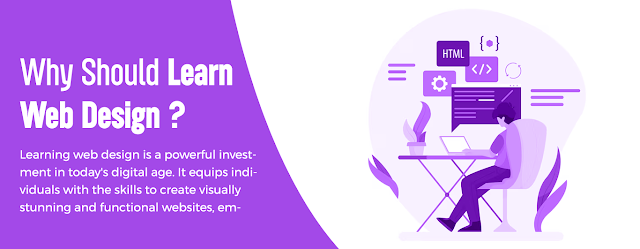


The Significance of Responsive Design
Navigating the DigitalLandscape
With the proliferation of smartphones, tablets, laptops, and desktops, users access websites from a myriad of devices. Responsive design allows a website to automatically adapt its layout and elements to suit the screen size, providing an optimal viewing experience. Whether it's a large desktop monitor or a small mobile screen, responsive design ensures that the content remains accessible and visually pleasing, eliminating the need for separate designs for each device.
User experience is at the heart of responsive design. A website that is responsive is more likely to retain visitors and keep them engaged. The seamless transition between devices ensures that users can navigate effortlessly, leading to higher satisfaction levels. When users can easily interact with and consume content on a website, they are more likely to spend time exploring it, ultimately increasing the chances of conversions.
Search engines, notably Google, prioritize mobile-friendly websites in their rankings. Responsive design contributes significantly to a website's search engine optimization (SEO) efforts. Google's algorithms favor responsive websites because they provide a consistent experience for users, regardless of the device. As a result, responsive design positively influences a website's visibility in search engine results, leading to increased organic traffic.
Maintaining multiple versions of a website for different devices can be both time-consuming and expensive. Responsive design streamlines the development process by creating a single website that adapts to various screen sizes. This not only reduces development costs but also simplifies ongoing maintenance. Updates and changes can be implemented more efficiently since they only need to be applied to one design rather than multiple versions.
The digital landscape is in a constant state of evolution, with new devices and screen sizes regularly introduced. Responsive design ensures that your website is ready to adapt to these changes without requiring a complete overhaul. By future-proofing your website through responsive design, you invest in a solution that will remain effective and relevant as technology continues to advance.
Comments